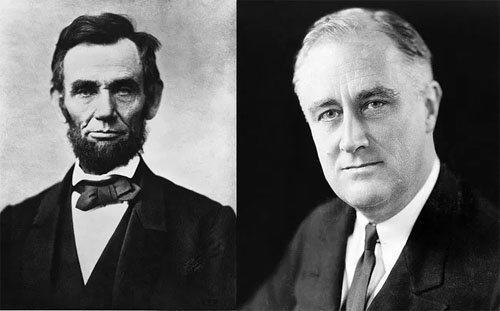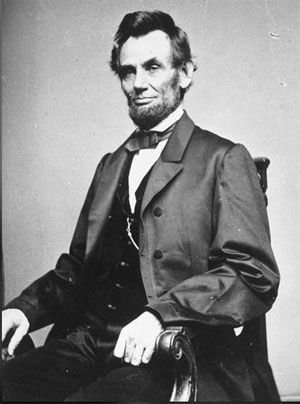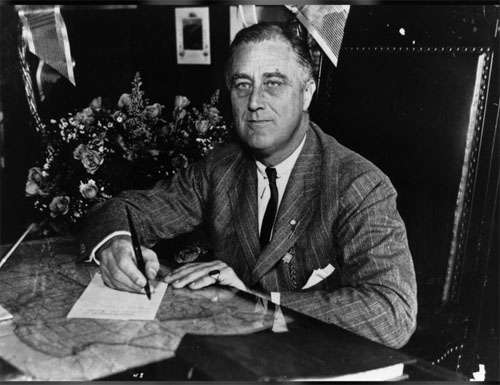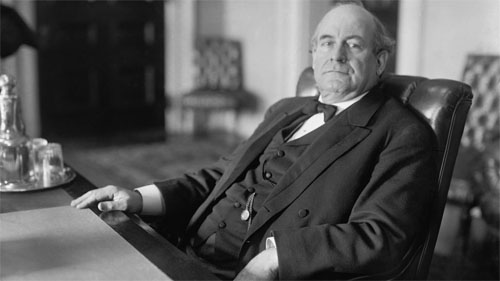by studentsofhistory.com
Accessed 2/6/24
https://www.studentsofhistory.com/ideol ... an-parties
The Democratic and Republican Parties have not always had the same ideals that they have today. In fact, America's two dominant political parties have essentially flipped ideologies in the time since they were founded.
The Democratic Party was founded in 1828 while the Republican Party dates back to 1854.
In its early years, the Republican Party was considered quite liberal, while the Democrats were known for staunch conservatism. This is the exact opposite of how each party would be described today.
This change did not happen overnight, however. Instead, it was a slow set of changes and policies that caused the great switch.
Ideologies of the Past
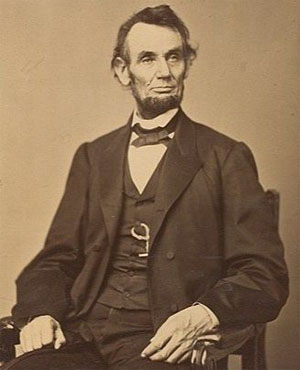
At the outbreak of the Civil War, Republicans controlled the majority of northern states. The party sought to expand the United States, encouraged settlement of the west, and helped to fund the transcontinental railroad and state universities. Additionally, because of growing tension over slavery, many Republicans became abolitionists who argued against slavery.
Democrats represented a range of views but shared a commitment to Thomas Jefferson's concept of an agrarian (farming) society. They viewed the central government as the enemy of individual liberty. Because most Democrats were in southern states, they fought to keep slavery legal.
Post-Civil War Policy
As the war came to a close, the Republican Party controlled the government and used its power to protect formerly enslaved people and guarantee them civil rights. This included the three Reconstruction Amendments, which won Republicans the loyalty (and vote) of America's Black population. Unsurprisingly, most Democrats disapproved of these measures.
However, a change had begun in the Republican Party following the Civil War. Northern industrialists had grown rich from the war, and many entered politics afterwards.
These new wealthy politicians did not see much sense in supporting the rights of Black Americans when the nation was still largely white. By the 1870s, many in the Republican Party felt that they had done enough for Black citizens and stopped all efforts to reform the southern states.
The south was left to the white Democrats and their oppressive policies towards Black citizens after the Compromise of 1877 ended Reconstruction. With the end of Reconstruction, the "Solid South" voted for Democratic presidential candidates for the next 44 years.
A New Century
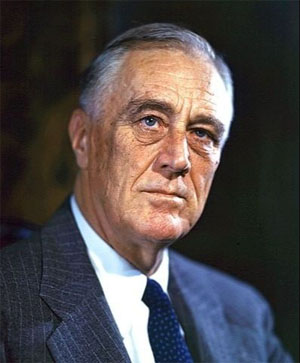
Almost 60 years later, the Great Depression became a catalyst for a massive political shake up. The Republican Party had continued to be dominated by wealthy businessmen, which meant that they had come to favor laissez-faire policies that supported big business.
These policies were effective when the economy was booming, but were disastrous when it wasn’t.
When the economy crashed in 1929, the Republican president, Herbert Hoover, opted not to intervene, earning him and his party the ire of the American public. Franklin D. Roosevelt, a Democrat, sensed the need for change.
He campaigned on a promise of government intervention, financial assistance, and concern for the welfare of the people. He won the 1932 election by a landslide. It was FDR’s campaign policies that caused a major shift in party ideologies.
Republicans opposed everything about FDR’s government. Primarily, they saw the growth of large government as harmful to the federalist foundation of the nation. This too has come to define the ideals of the Republican Party.
The Civil Rights Movement
Race and equality began to return to the center of politics in the 1950s and 1960s. Race did not necessarily fall into a party viewpoint at this point; instead, it was more of a regional issue. Southern Democrats and Republicans both opposed the early Civil Rights Movement, while Northern Democrats and Republicans began to support legislation as the movement picked up steam.
In 1964, Democratic president Lyndon B. Johnson signed the Civil Rights Act into law. In the 1964 election, Republican candidate Barry Goldwater publicly opposed the new law, arguing that it expanded the power of the federal government to a dangerous level.
It was this argument that led to a final, decisive switch. Black voters, who had historically been loyal to the Republican Party because of the 1866 Civil Rights Act, had already been switching to the Democratic Party.
However, upon hearing Goldwater’s argument against the 1964 Civil Rights Act, the majority of Black voters left the Republican Party in favor of the Democrats. They saw the Democratic Party as advocates for equality and justice, while the Republicans were too concerned with keeping the status quo in America.
As the 60s and 70s continued, Democrats sought reform in other places, such as abortion and school prayer. White southern Democrats began to resent how much the Democratic Party was intervening into the rights of the people.
By the 1980s, white southern Democrats had become Republicans, and the majority of the south was now Republican. The Republican Party now is solidly conservative while the Democratic Party is the liberal one.

